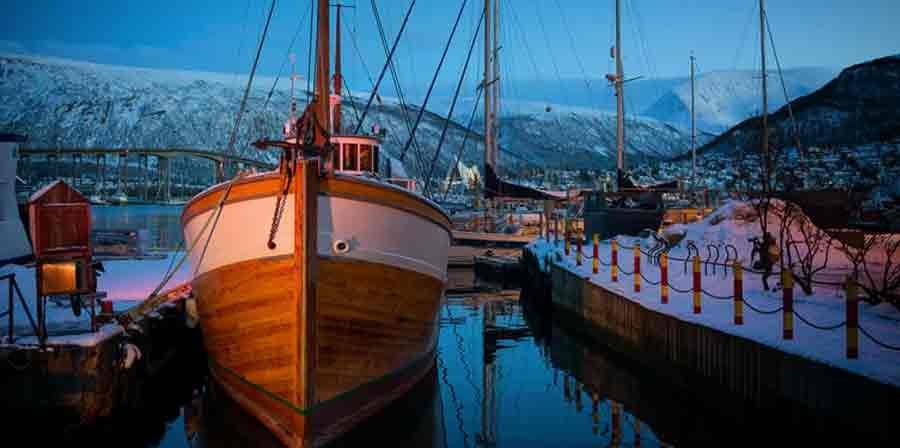The Seafood Industry in Norway

When it comes to farming, production, and exportation of seafood, Norway is considered a major dealer in the world, all thanks to its long coastline and vast marine resources.
Norway, formerly known as the kingdom of Norway, is a country situated in northern Europe. For centuries, Norway has tapped and still continues to tap from the resources of the sea which has contributed vastly to its economy. Its seafood industry is therefore acknowledged to be one of the largest industries in the country, accounting for a substantial export-value in the country’s economy.
Norway is recognized as the second-largest seafood exporter in the world, thus generating tangible export revenue for the country, and creating employment for its citizens. Year after year, new opportunities arise in this industry and this is because the market is constantly growing. Norway’s seafood industry has steadily grown in the past four decades with over 149 countries around the world consuming its products. This industry has thrived for many years because Norway controls some of the richest and productive fishing grounds in the world and has put regulations in place that govern how these fishing grounds are exploited.
It is true that Norway’s export revenue has always been dependent on its marine resources. According to statistics Norway, over 2.3 million tonnes of seafood ( including fish, mollusks, and crustaceans) was delivered by Norway’s fishing industry in 2015. According to Eurofish, in 2017, the strong growth of the Norwegian seafood industry reached an export value of €10 billion. This increase is believed to be a result of the continuous demand and high prices for Norwegian salmon on the globe.
Salmon accounts for over 68% of the total value export, and 38% of the volume of all the species of seafood Norway exports. Beside Salmon, The other seafood species exported include cod, herring, prawns, halibut, mackerel, blue whiting, and haddock. Although, the bulk of Norway’s seafood is exported, yet, seafood worth several billion NOK is sold on the domestic market annually.
Centuries back, following the Vikings expedition, Norwegians exported seafood (mostly dried cod) to Europe and in return, came back with wines, flour, grains, clothes, and other things. So you see, seafood exportation has been a part of the Norwegian culture for as far as the 12th century.
Although traditional fishing methods are still in place, modern technologies have been introduced mostly in aquaculture. The introduction of these technologies has helped increase output while maintaining environmental sustainability.
Report from the Eurofish association shows that while there has been a significant increase in the production of Norway’s seafood over the last 15 years, there has also been a steady fall in the number of fishermen (from about 122,000 to 12,800 in 2011), registered vessels ( from about 13,000 to 6250 between the year 2000 to 2011), but an increase in the number of fish farmers which has gone from about 4,300 in the year 2000 to about 5,800 in 2011. This report translates to a decrease in traditional fishing and an increase in aquaculture practice.


+ There are no comments
Add yours